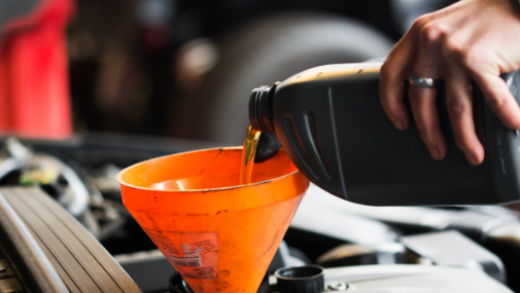The world of art is a realm of boundless creativity, where time often seems to lose its grip. But what happens if you paint for too long? This question may seem simple, but the answer is a complex blend of psychological, physical, and artistic implications.
From a psychological perspective, painting for extended periods can lead to a state of ‘flow’. This term, coined by psychologist Mihaly Csikszentmihalyi, refers to a mental state of complete immersion in an activity, where the individual experiences a sense of energized focus, full involvement, and enjoyment. However, while flow can boost creativity and productivity, it can also lead to exhaustion if not properly managed.
Physically, prolonged painting can lead to a variety of health issues. Repetitive strain injuries (RSIs) are common among artists who paint for long hours. These injuries occur when the same physical activities are repeated frequently, causing damage to tendons, nerves, muscles, and other soft body tissues. Symptoms include pain, tingling, numbness, and decreased mobility.
Moreover, exposure to certain types of paint can pose health risks. Oil-based paints, for instance, contain volatile organic compounds (VOCs) that can cause headaches, dizziness, and at high levels, damage to the liver, kidney, and central nervous system.
From an artistic standpoint, painting for too long can lead to overworking a piece. This is when an artist continues to tweak and adjust their work past the point of improvement, often resulting in a muddled composition or loss of initial vision.
However, it’s not all doom and gloom. There are ways to mitigate these risks.
To prevent RSIs, artists can incorporate regular breaks into their painting sessions, perform exercises to strengthen their hand and arm muscles, and use ergonomic tools.
To reduce exposure to harmful chemicals, artists can opt for low-VOC or VOC-free paints, ensure good ventilation in their workspace, and use personal protective equipment like gloves and masks.
To avoid overworking a piece, artists can practice setting clear objectives for each painting session and learn to recognize when a piece is complete.
In conclusion, while painting for too long can have negative psychological, physical, and artistic consequences, these risks can be managed with the right strategies. So, the next time you find yourself lost in the flow of painting, remember to take care of your mind, body, and art.


